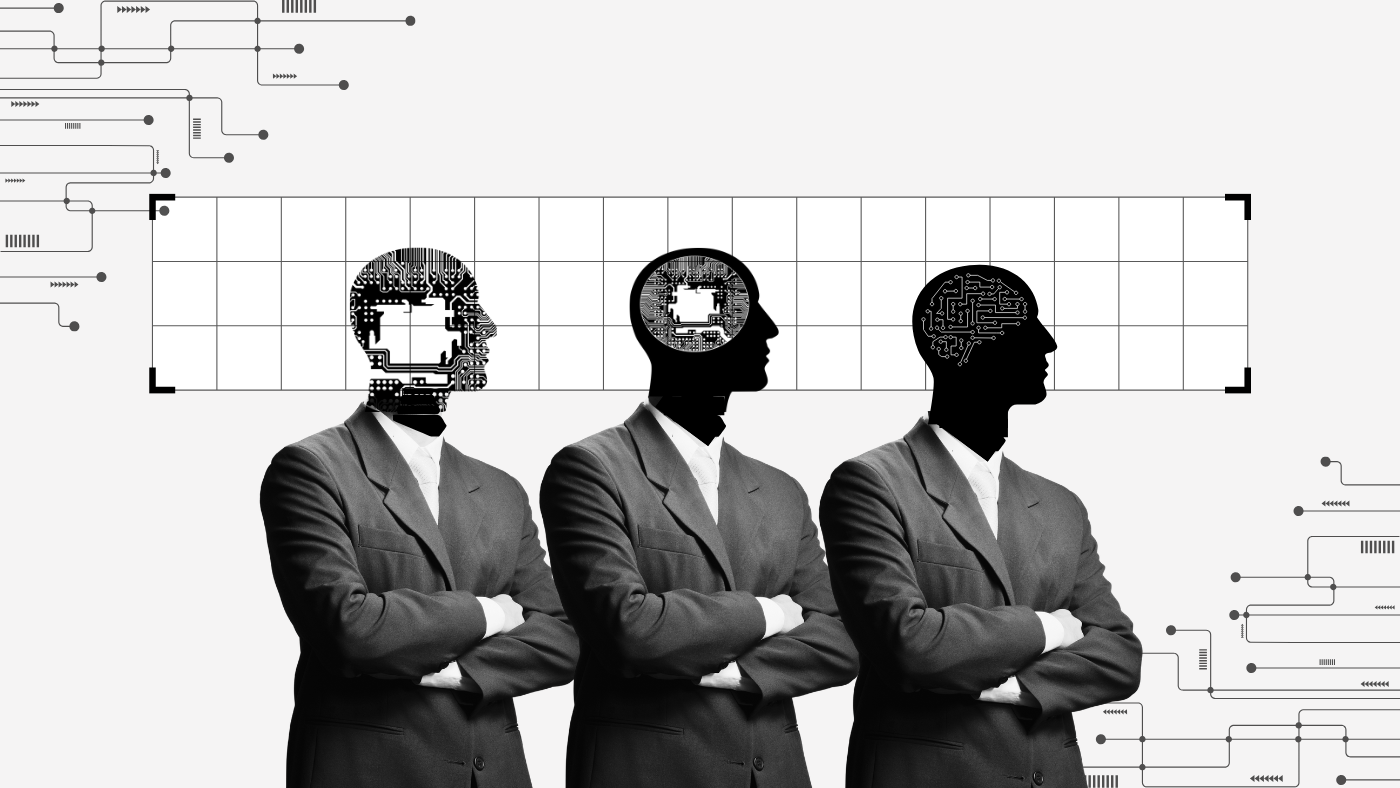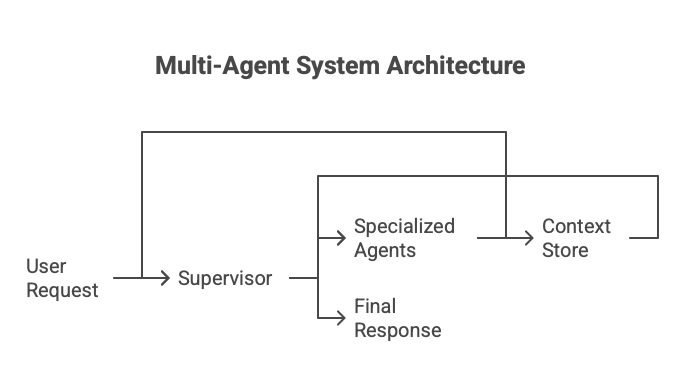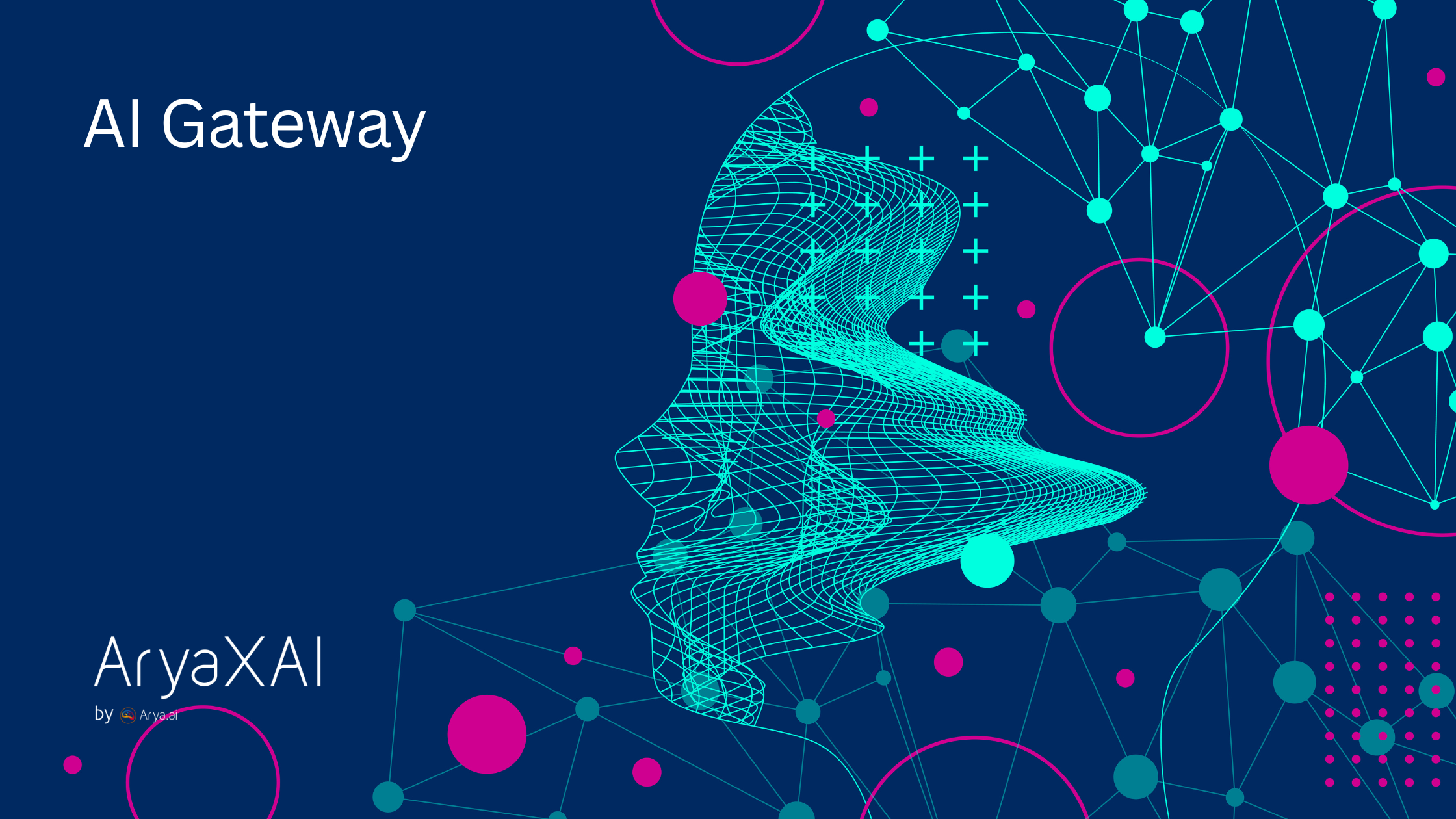Architecting High-Performance Multi-Agent Systems: Benchmarking Insights and Best Practices
9 minutes
August 27, 2025

Agentic AI is growing in popularity, as it is quickly moving from being merely a novel concept to becoming the new AI buzzword and the go-to solution for enterprises.
But here is the problem with the single-agent systems - one agent has to bear all the load. Imagine having one expert chef chopping, cooking, plating, and managing an entire dinner party with hundreds of guests and an exquisite menu - the only recipe being perfect here is one for disaster. Instead, if you put a system in place with multiple expert chefs handling their own individual tasks at their own stations, now it's a party worth going to!
We are seeing a similar kind of leap in Agentic AI by means of the Multi Agent Systems or MAS. Multi-agent systems, as the name suggests, consists of multiple AI agents, working together, like a team - where each agent has its own expertise, tasks and responsibilities, and they all work together to achieve the final output.
In this blog, we will explore more about MAS and how one can architect high-performing multi-agent systems.
Why Are Multi-Agent Systems More Effective?
The main difference between single-agent systems and multi-agents systems is in their way of problem solving and concentration of decision - making power. In the case of single-agent systems, there is a single autonomous entity, working in isolation, in its own environment. The decision-making by this entity is pre-determined by the set of already defined rules or learned patterns and rules. Thus, when negligible to very minimal external environment interaction is required, single-agent systems are preferred. Multi-agent systems on the other hand, are a set of such single agents, working in a shared environment, interacting with each other, negotiating, competing, and collaborating with each other, in order to achieve the set goal. Thus offering more:
- Scalability: As the task becomes more complex, single-agent systems deteriorate in terms of performance and accuracy. In multi-agent setup, the scope is broken down among the agents, thus enabling parallel processing and a lesser load on just one agent.
- Maintainability: In multi-agent systems, each agent is given a well-defined task, this creates a certain hierarchy between each agent, which simplifies the AI building process. Validating and testing becomes easier for each task, without affecting the entire system.
Collaborative Development: The combined use of ‘plug and play’ agents makes team contribution and collaborations easier. As business requirements keep evolving, new agents can be added or existing agents can be easily modified or removed, without disrupting the entire pipeline and while maintaining the adaptability and readiness.

How to Evaluate Multi-Agent Systems?
To understand and monitor how a multi-agent system performs, it should be tested under real-world conditions - this involves evaluating the ability of the system to handle environments filled with relevant and irrelevant information. The performance benchmarking focuses on three key pillars to provide a comprehensive scorecard for your multi-agent system.
1. Expanded Distractor Domains
Expanded Distractor Domain - introduces ‘noise’ into the testing environment, by introducing data from un-related fields, when the primary task is from a completely different field. The goal behind this ‘noise’ introduction is to see how well the system can filter and ignore un-related data or information and focus on the task at hand. Expanded distractor domain, serves as a crucial measure of an agent’s ability to filter out context and relevant data, and avoid being distracted, when there is a large, noisy input.
2. Focused Task Sets
Focused task sets are a set of specific group tasks within a target domain that help evaluate the system’s effectiveness. For example, if the system is designed to be used for a retail environment - the basic set of tasks might involve actions like inventory status, order processing, returns and refunds processing, or delivery updates. This benchmarking helps evaluate how efficiently the multi-agent system prioritizes and processes each of these single requests, especially while filtering out the incoming distractions from the expanded distractor domain. This tests the system's orchestration layer, consider this as the system manager, and its ability to efficiently delegate tasks to the respective individual agents.
3. Performance Goals
Performance goals help measure the system’s overall effectiveness and resilience, to deliver the expected output. These performance goals include:
- System’s Latency: Latency is the time taken by the system to provide a response. The system should ideally maintain a low latency, even when presented with complex or irrelevant inputs. The system should be load tested for latency, and eventually improve it, based on the findings of the test.
- System’s Scalability: Scalability refers to the system’s ability to handle the increasing number of agents and tasks. A well designed and scalable multi-agent system should be able to distribute resources and continue to perform efficiently, as the tasks increase and agents get added.
- System’s Adaptability: Basically, the agility of your multi-agent system. Your system’s ability and capacity to adjust to the unexpected changes - such as a new data type, tool failures, or shifting task requirements. An ‘adaptable’ system in the true sense should be able to recover gracefully from these disruptions, without causing a total failure.
These are some of the performance goals elements, which will help you ensure your multi-agent system has a balanced performance profile and is ready to face the real-world workloads.
What are the Different Architectures for MAS?
Based on how agents interact and collaborate, multi-agent systems can be structured using various architectural patterns. From a bird's-eye perspective, the main architecture types are:
- Centralized Architectures: In this type of architecture, one agent acts as the main controller or the ‘brain’ of the system. This controller agent is responsible for allocating tasks and coordinating with the other agents in the system. So in this architecture the flow of information and decisions happens via one central node - the controller agent. Though this architecture makes the monitoring, control and task allocation easier, it does leave the whole system at the mercy of a single agent. Thus making the whole system fragile, if in case the controller agent fails or defaults. Centralized architecture works best for the cases when there is a controlled environment, reliability is high and complexity is low.
- De-centralized Architectures: Decentralized or distributed architecture, has no single agent in-charge. This architecture setup is very similar to real people working in a team setting, each one has its own dedicated tasks and required intelligence to complete the same, they interact with each other, learn and modify based on these interactions. The agents in the de-centralized architecture work the same way, by interacting and collaborating with the peer agents, and making independent decisions. These systems are highly scalable and resilient to individual failures, but also involve co-ordination overheads and it becomes a little difficult to measure performance.
- Hierarchical Architectures: In hierarchical architecture, a certain level of hierarchy is prevalent among the agents, as the agents are layered. Top level agents handle critical tasks, while the low level agents do most of the basic and non-critical tasks. This architecture mirrors human organizations - where the top level managers set the strategy and the team below executes it. The hierarchical architecture thus helps balance autonomy with control, but can still suffer from bottlenecks, if too much decision-making remains at the top. This architecture thus provides clear structure and efficient delegation, but also becomes vulnerable if the top-layer fails.
- Coalition-Based Architectures: In this architecture, the system allows different agents to team-up together or form a coalition to achieve a particular task and then dissolve this coalition, once the goal is achieved. This makes the system more adaptable and allows heterogeneous agent collaboration between different departments or organizations. The bottleneck here is the trust and security protocols.
- Blackboard Architectures: This architecture is inspired by the classic, collaborative problem-solving. It uses a central ‘blackboard’, for all the agents to read and write shared updates, based on their expertise and learnings. This way each agent contributes to the problem solving process, and the system evolves, as the agents iteratively builds on each other's suggestions and contributions. This architecture promotes collaboration and is suitable for knowledge-intensive tasks, but also can be a bottleneck if there is conflict resolution mechanism in place.
- Market-Based Architectures: This is financial markets inspired architecture, where agents act as buyers and sellers of the tasks and resources. The task allocation in this architecture works like an auction, where agents bid based on their capacity and utility. This allows efficient distribution of tasks and resources, in dynamic and competitive use-cases. This also improves model competition and cooperation. But the negotiation process can add some overhead latency. For example: Cloud resource allocation, distributed scheduling or e-commerce ecosystems.
- Hybrid Architectures: Hybrid architectures are the mix of all the above architectures, eliminating the individual trade-offs of each architecture. Most real world multi-agent architectures are hybrid, as they are more balanced, adaptive and scalable. But hybrid architectures are difficult to design, test and maintain. For example: Autonomous vehicle fleets, national smart grid or large-scale enterprise AI frameworks.
How to Optimize Performance of MAS?
The most effective way to enhance the performance of your multi-agent system is by optimizing the ‘supervisor’ - the orchestration layer responsible for controlling the individual agents - how they engage, get sequenced, collaborate and function inside the system. Think of the supervisor as your class-teacher, central to the decision making and making sure each agent (student) performs the right task, correctly and in the given time limit.
The supervisor's primary functions are:
- Agent Selection: Selecting the right agent for a task, for example a ‘product Information Agent’ for catalog lookups versus a ‘Pricing Agent’ for cost calculations.
- Task Sequencing: Plotting out the road-map for the system, basically identifying the best and the most efficient sequence of execution, known at the moment.
- Constraint Management: To apply constraints on runtime, token usage or even tool access to maintain efficient and safe operations.
With more functional additions like, dynamic routing rules, real-time monitoring of performance, and parallel task execution, one can obtain high improvements in processing time with almost no loss of accuracy.
Examples of the Supervisor Pattern:
- E-commerce assistant: When a user asks "Can you show me discounted laptops available in my city?", the supervisor can engage the "Catalog Retrieval Agent" and "Pricing Agent" in parallel, then use a "Geo-Filter Agent" to narrow down results. This parallel execution saves significant time.
- Customer support bot: For a complaint like "My order arrived damaged," the supervisor can route the query to both the "Order Lookup Agent" and "Returns Policy Agent" simultaneously, merging the results for a faster, well-informed response.
- Financial analytics platform: When running a portfolio risk assessment, the supervisor can trigger a "Data Aggregator Agent" to pull market data while a "Risk Model Agent" prepares scenarios. This allows the analysis to start before all data is fully fetched, reducing turnaround time.
Conclusion
Multi-agent systems solve the adaptability and scalability problem faced by the modern AI applications. By strategically and carefully selecting the right architecture, and by investing in powerful orchestration, context management and rigorous benchmarking, enterprises can deploy multi-agent AI systems that are both - powerful and efficient.
SHARE THIS
Discover More Articles
Explore a curated collection of in-depth articles covering the latest advancements, insights, and trends in AI, MLOps, governance, and more. Stay informed with expert analyses, thought leadership, and actionable knowledge to drive innovation in your field.

Is Explainability critical for your AI solutions?
Schedule a demo with our team to understand how AryaXAI can make your mission-critical 'AI' acceptable and aligned with all your stakeholders.



.png)




















